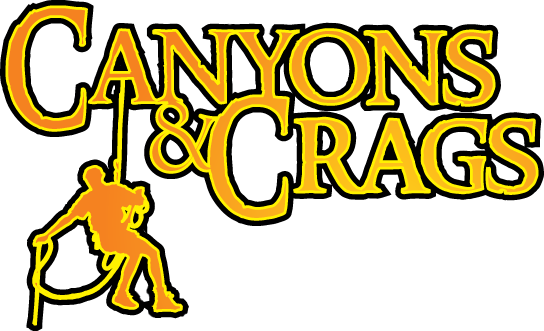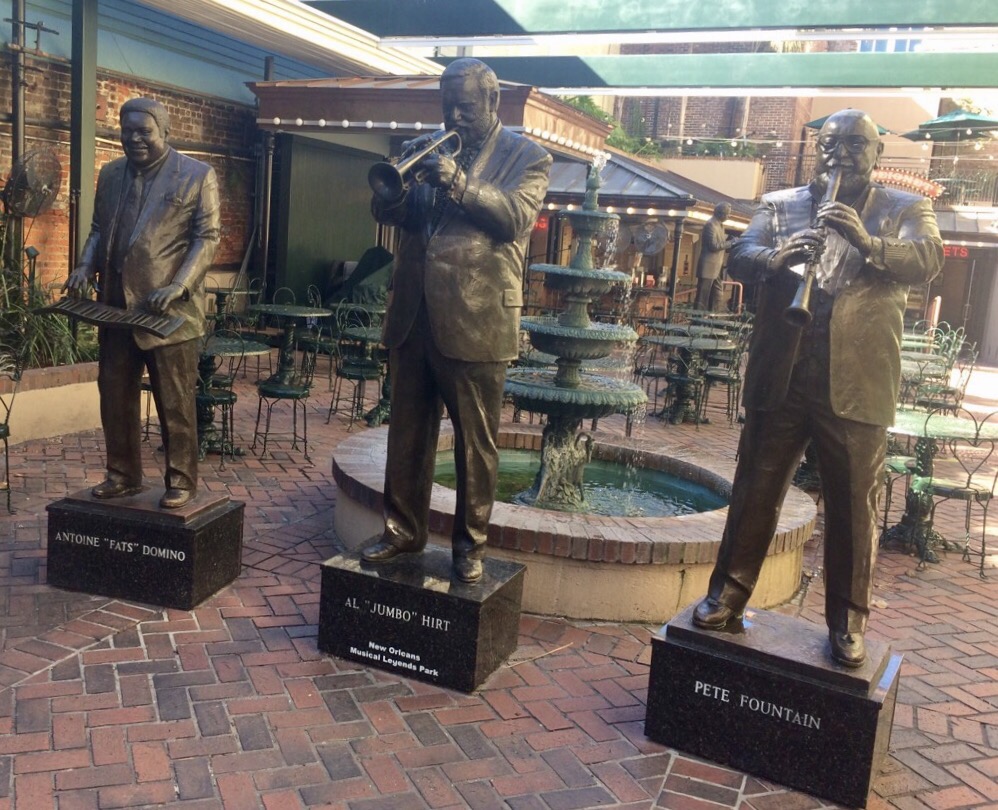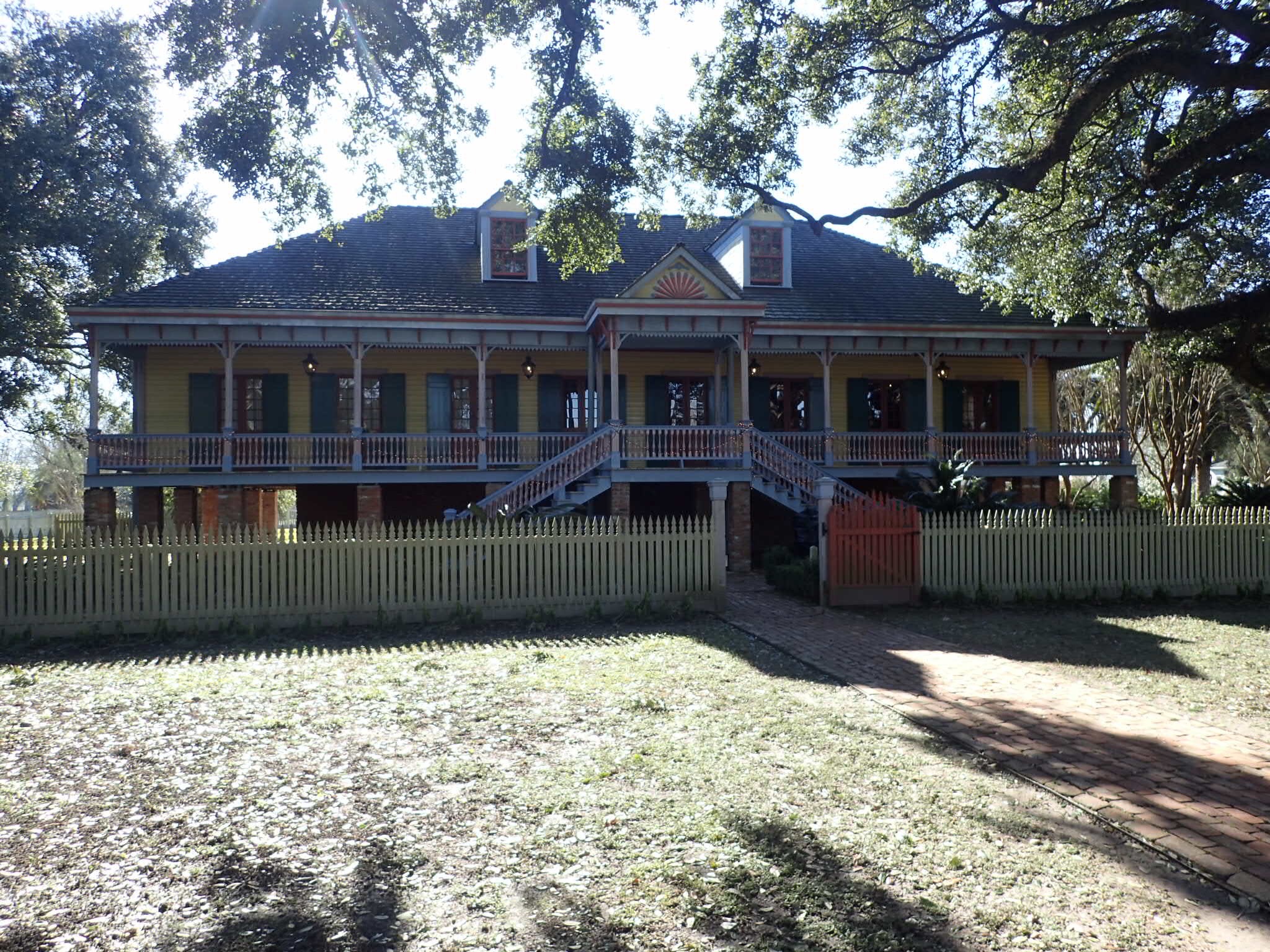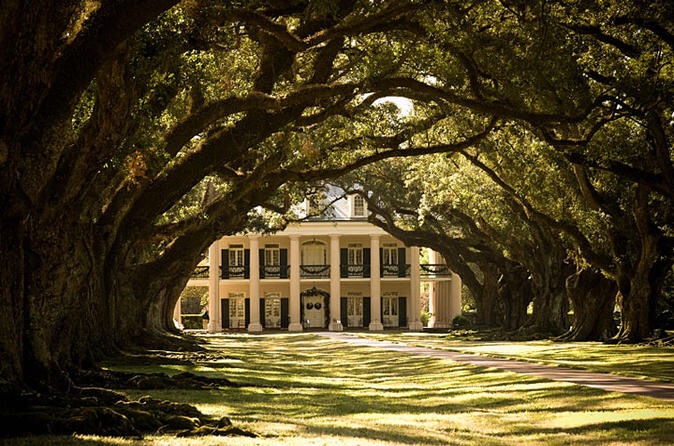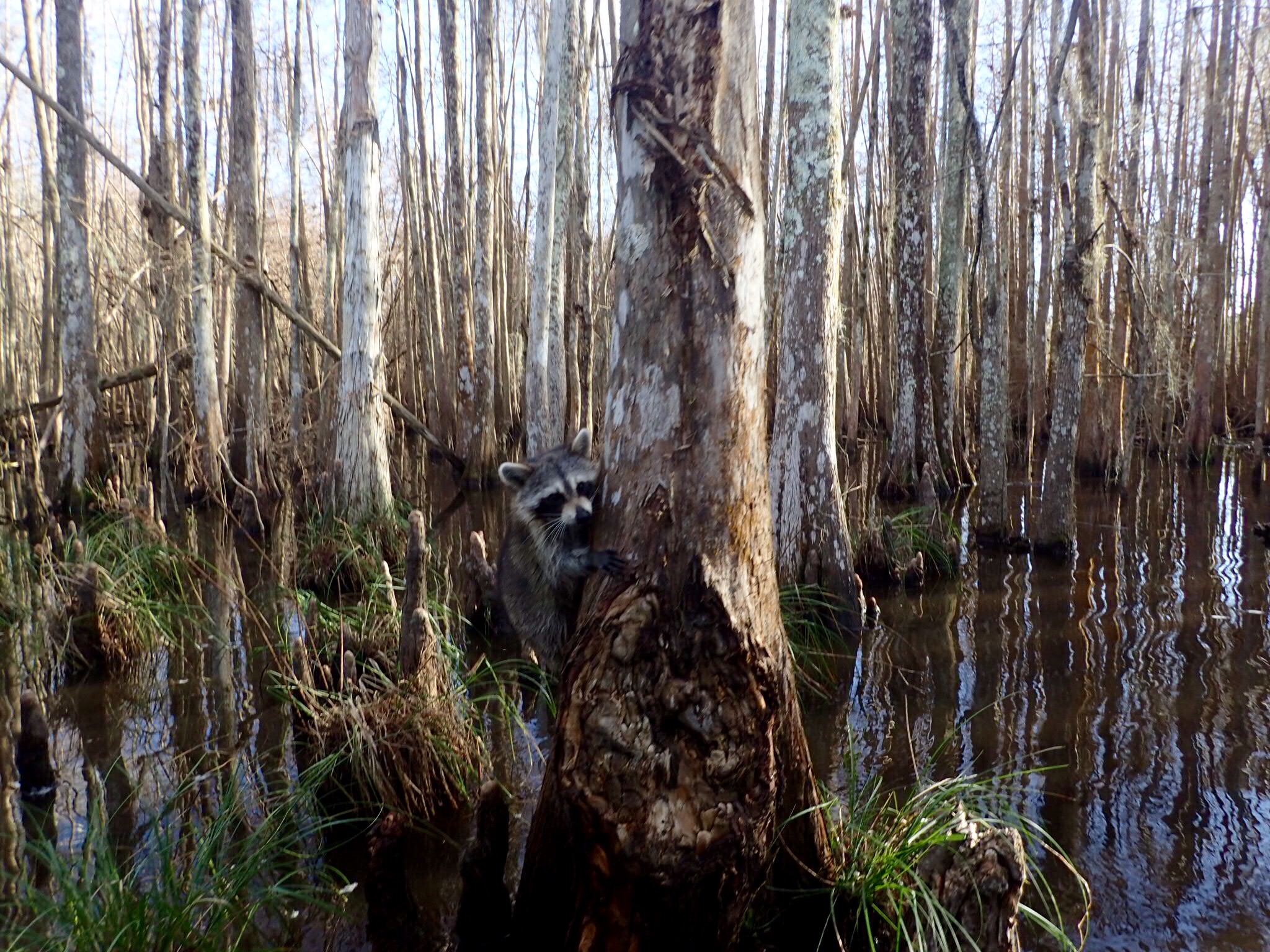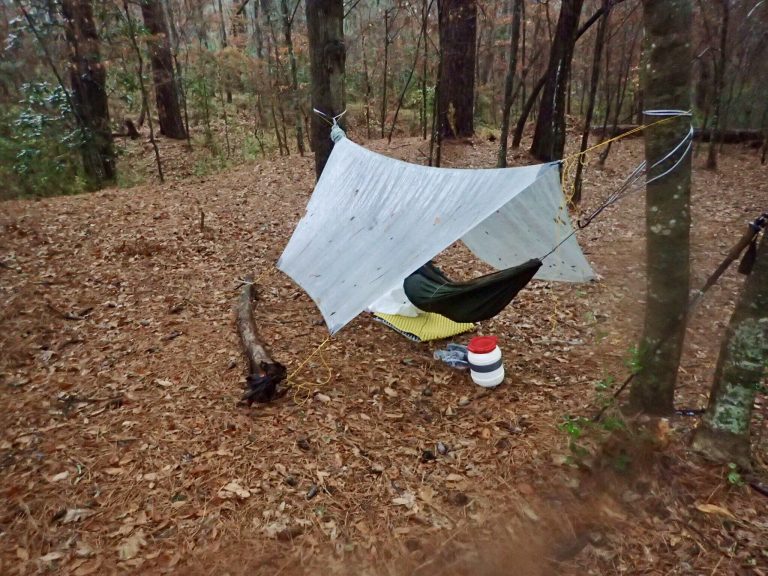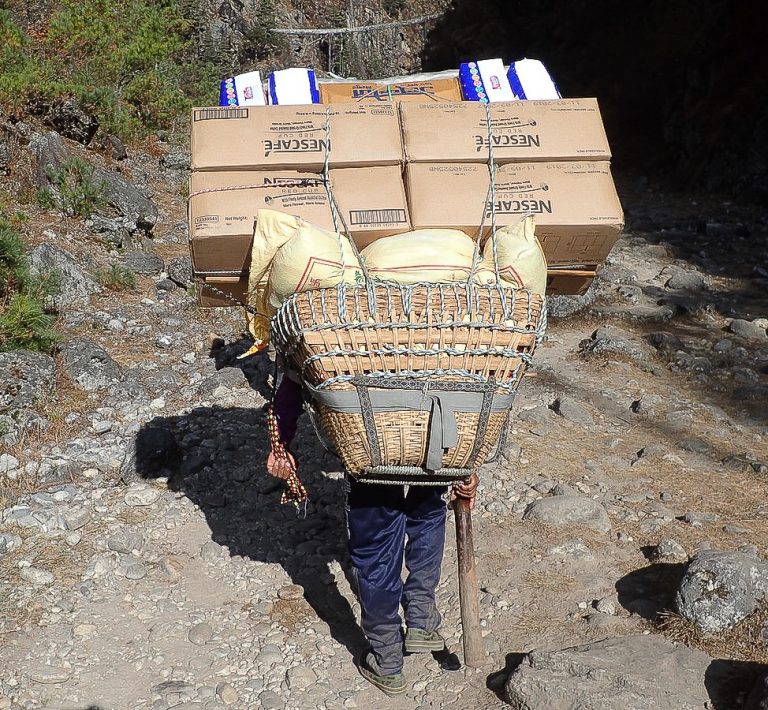3 Days in New Orleans
Named after the Duke of Orleans who reigned as Regent for Louis XV from 1715 to 1723, the city was established by French colonists and strongly influenced by their old world culture. It is well known for its distinct French and Spanish Creole architecture, as well as its multi-cultural heritage. New Orleans is often referred to as the most unique city in the United States.
My three days in The Big Easy provided opportunities to explore the architecture, the history, the culture and the music – all personal passions.
Originally settled by the French, Louisiana was ceded to Spain in 1763. According to one tour guide, France gave the land to Spain just to make sure it would not go to the English. In 1803 Napoleon asked Spain to return it and, not wanting to have issues with Napoleon, Spain obliged. Later the same year Napoleon sold the land to the United States.
Spanish influence can be seen in the architecture of the French Quarter of New Orleans, but the balance of the culture remained French. Perhaps because Spain sent only men to settle there. The Spanish men found only French and Creole women to marry and tended to adopt their culture.
PLANTATIONS ALONG THE MISSISSIPPI
There was a time when both sides of the Mississippi River were lined with plantations. A few remain that are open to tours, which provide studies in both history and architecture.
Laura
The Laura Plantation was named for Laura Locoul Gore, who was born during Abraham Lincoln’s presidency and died during John F Kennedy’s. In her later years she wrote a book, “Memories of the Old Plantation Home”, which gives a detailed account of life on the plantation after the Civil War. West African folktales of Compair Lapin, known in English as the legendary “Br’er Rabbit” were recorded at the Laura Plantation.
Laura includes 12 buildings on the National Register. The main house was built on a raised foundation to help with cooling in the summer and protect it from the ravages of Mississippi River flood waters in the spring. The main house at Magnolia Mound in Baton Rouge was built in a similar fashion.
Oak Alley
Seeing the Oak Alley Plantation on the internet made me want to visit, but it turned out to be my least favorite. Beautiful, but the most commercialized and crowded. The tour included 34 people, all competing for positions to take photos.
The plantation is named for the “Alley of Oaks” that lead from the bank of the Mississippi to the front entrance of the main house. The trees were planted by an unknown settler in the early 1700’s. 28 trees, 14 on each side of the alley.
The Greek Revival style of the main house did not seem as practical as the raised design of the other two I visited, but this one was built to impress. The house was a gift from Jacques Telesphore Roman, a wealthy Creole sugar planter in his 30s, to his bride Celina, age 18, who was apprehensive about leaving New Orleans society to live on a plantation.
RIVER BOAT TO CHALMETTE BATTLEFIELD
Took a ride on the Creole Queen Paddlewheel down the Mississippi River to the site of the Battle of New Orleans, the decisive battle in the War of 1812. The ride included narration by a guy named Charles who spoke with a theatrical voice and a great deal of passion. On our way to the battlefield, Charles covered the history of New Orleans, information about some of the ships docked along the river, and of course, the battle.
During the final campaign of the War of 1812, the British sent a force of 11,000 soldiers, marines, and sailors to capture New Orleans. Despite the odds against him, General Andrew Jackson (with support from the U.S. Navy on the river) managed to pull together a force that included militia from Louisiana and Mississippi, U.S. Army regulars, a large contingent of Tennessee state militia, Kentucky riflemen, Choctaw fighters, and local privateers (the latter led by the pirate, Jean Lafitte), and defeat the British troops decisively on January 8, 1815. I missed the anniversary, which included a reenactment of the battle, by two days.
On our way back from the battlefield, Charles spoke at length about Hurricane Katrina and its aftermath. Hearing him relate the story confirmed my belief that the problems that followed the hurricane were caused or exacerbated by one bureaucratic blunder after another. Real progress was made once the 82nd Airborne stepped in to spearhead the operations.
Paddlewheel on the Mississippi in the morning; canoe through a swamp in the afternoon. Another very entertaining guide, this one named Bishop. Funny guy. There were some birders on the tour who appreciated Bishop’s knowledge of all the birds we saw. We also encountered a raccoon that Bishop called George. When George slipped into the water and swam toward us, it was clear he had been fed by people on tours before.
I love the blues and New Orleans did not disappoint. Clubs on Frenchmen Street and Bourbon Street provided numerous opportunities for me to enjoy my favorite genre, along with 3 for 1 drink deals. There were clubs playing jazz as well, but the best jazz was being played on the streets.
